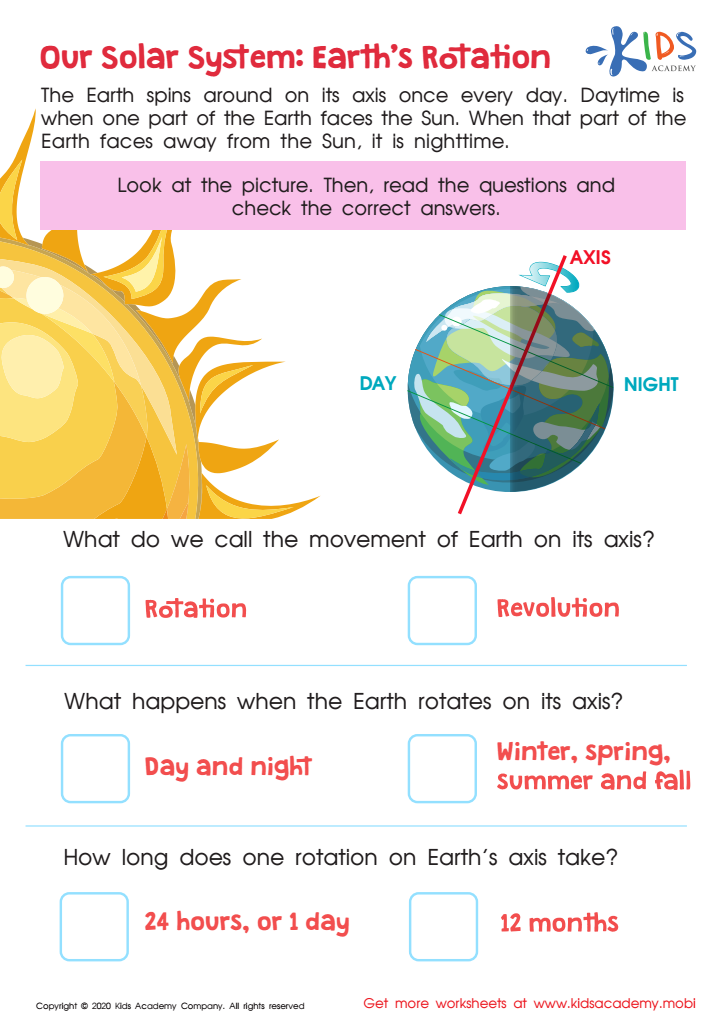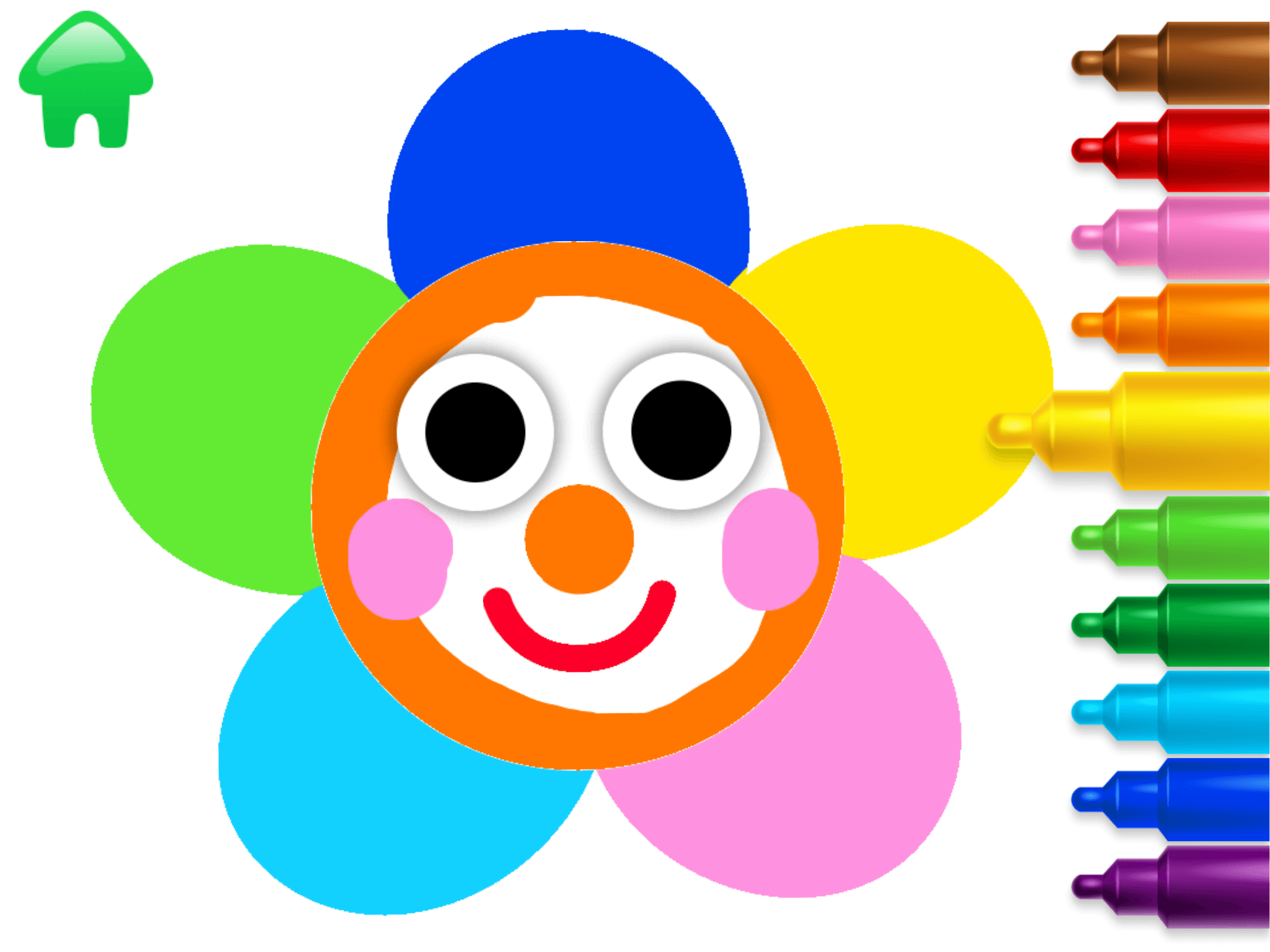Time zones understanding Worksheets for Kids
1 filtered results
-
From - To


Our Solar System: Earth's Rotation Printable
Question/Answer
Why is the Time zones understanding skill important for Grade 1 students?
Understanding time zones at a Grade 1 level introduces young students to the concept of global time differences, fostering early awareness of geography and diversity. This fundamental knowledge helps them grasp the idea that people around the world experience day and night at different times, laying the groundwork for future learning in social studies, mathematics, and science.
What are some effective activities to train students’ Time zones understanding skill when teaching them about Space?
Effective activities include creating and using time zone maps for hands-on practice, engaging in role-play scenarios involving international communication across time zones, solving real-life time conversion problems, and utilizing digital tools or apps that simulate time zone changes. Incorporating quizzes and games focused on identifying and converting between different time zones can also enhance understanding and retention.
What does the Time zones understanding skill mean when it comes to Grade 1 Space learning?
The Time zones understanding skill in Grade 1 Space learning involves introducing students to the basic concept that different parts of the world experience day and night at different times. It's about helping them grasp the idea that the Earth's rotation results in varying local times across different regions, emphasizing the existence of multiple time zones globally.
 Assign to the classroom
Assign to the classroom










